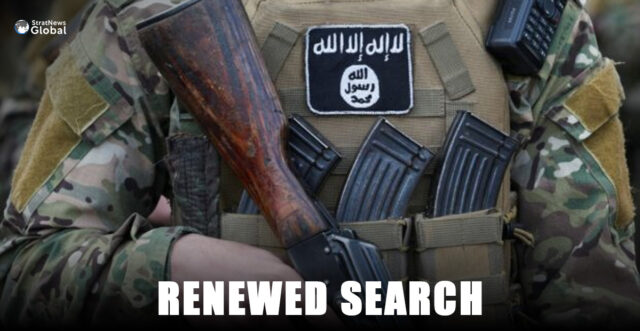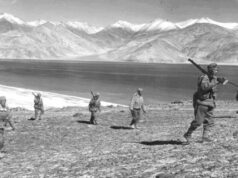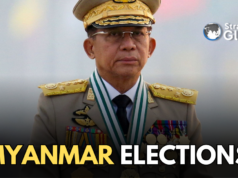A Qatari mission has launched a renewed effort to locate the remains of US hostages killed by the Islamic State (ISIS) in Syria nearly a decade ago, according to two sources familiar with the operation.
Islamic State, which controlled swathes of Syria and Iraq at the peak of its power from 2014-2017, beheaded numerous people in captivity, including Western hostages, and released videos of the killings.
Qatar’s international search and rescue group began the search on Wednesday, accompanied by several Americans, the sources said. The group, deployed by Doha to earthquake zones in Morocco and Turkey in recent years, had so far found the remains of three bodies, the sources said.
Mission Initiated Days Before Trump’s Visit
One of the sources – a Syrian security source – said the remains had yet to be identified. The second source said it was unclear how long the mission would last.
The US State Department had no immediate comment.
The Qatari mission gets under way as US President Donald Trump prepares to visit Doha and other Gulf Arab allies next week and as Syria’s ruling Islamists, close allies of Qatar, seek relief from US sanctions.
The Syrian source said the mission’s initial focus was on looking for the body of aid worker Peter Kassig, who was beheaded by Islamic State in 2014 in Dabiq in northern Syria. The second source said Kassig’s remains were among those they hoped to find.
US journalists James Foley and Steven Sotloff were among other Western hostages killed by Islamic State. Their deaths were confirmed in 2014.
US aid worker Kayla Mueller was also killed in Islamic State captivity. She was raped repeatedly by Islamic State leader Abu Bakr al-Baghdadi before her death, US officials have said. Her death was confirmed in 2015.
‘Grateful’ Says Family
“We’re grateful for anyone taking on this task and risking their lives in some circumstances to try and find the bodies of Jim and the other hostages,” said Diane Foley, James Foley’s mother. “We thank all those involved in this effort.”
The families of the other hostages, contacted via the Committee to Protect Journalists, did not immediately respond to a request for comment.
The jihadists were eventually driven out of their self-declared caliphate by a US-led coalition and other forces.
April Visit
Plans for the Qatari mission were discussed during a visit to Washington in April by Qatari Prime Minister Sheikh Mohammed bin Abdulrahman Al Thani and the Minister of State for the foreign ministry, Mohammed Al Khulaifi – a trip also designed to prepare for Trump’s visit to Qatar, one of the sources said.
Another person familiar with the issue said there had been a longstanding commitment by successive US administrations to find the remains of the murdered Americans, and that there had been multiple previous “efforts with US government officials on the ground in Syria to search very specific areas”.
The person did not elaborate. But the US has had hundreds of troops deployed in northeastern Syria that have continued pursuing the remnants of Islamic State.
Remains In Dabiq?
The person said the remains of Kassig, Sotloff and Foley were most likely in the same general area, and that Dabiq had been one of Islamic State’s “centrepieces” – a reference to its propaganda value as a place named in an Islamic prophecy.
Mueller’s case differed in that she was in Baghdadi’s custody, the person said.
Two Islamic State members, both former British citizens who were part of a cell that beheaded American hostages, are serving life prison sentences in the United States.
Syrian interim President Ahmed al-Sharaa, who seized power from Bashar al-Assad in December, battled Islamic State when he was the commander of another jihadist faction – the al Qaeda-linked Nusra Front – during the Syrian war.
Sharaa severed ties to al Qaeda in 2016.
(With inputs from Reuters)





